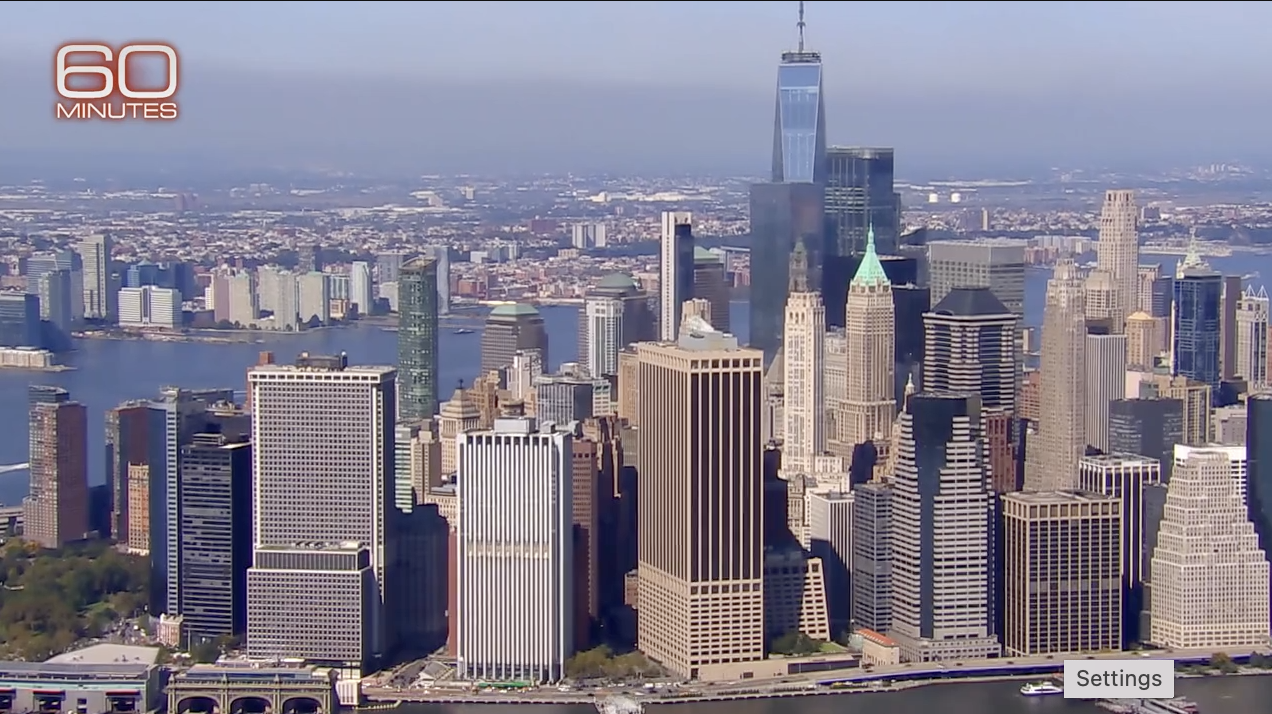On Monday, I discussed reasons to be bullish or bearish in 2024. #2 in the bearish list is CRE/WFH:
“The post-pandemic environment continues to be difficult for commercial office real estate. The banking sector has funded all of the construction and purchases over the past decade. Banks hold over $3 trillion in CRE; Unrealized losses on Treasuries and mortgages are about $684bn (Source: Torsten Slok, Apollo).
Weaker demand to more people working from home, and of course higher interest rates are a drag on this sector. The worst buildings in the least desirable regions could be looking at a 40% decline in the price per square foot for office space.”
By coincidence, this week’s 60 Minutes covered the same topic (video above).
My pal and real estate expert Jonathan Miller has covered the RTO/WFH issue in his weekly Housing Notes since the pandemic ended; Here is his most recent recap of the key issues affecting commercial real estate:
“Work From Home (WFH) is a powerful force that is not going away – it promotes better work/life balance, and it kind of works. Many people work more at home because they save several hours commuting daily. On the other hand, it severely limits training and building a corporate culture.
Class A (or upper half of Class A) office shouldn’t have a problem, but class B & C will get savaged on price.
Residential conversions won’t happen at the scale needed, more of an “on the fringe” solution – too costly to convert to residential c of o, the lender needs to agree to change of collateral, it takes longer than new build to create, zoning and community approvals are lengthy and can be difficult, rethinking large office floorplates for light and air (20’x200′ units are not what consumers want).
In office class B&C, landlords can’t price low enough to meet the market AND still cover their debt service.
Large swaths of landlords will turn over keys to their lenders over the next 5-7 years, and the new owners won’t be hindered by heavy debt; landlords can meet market prices created by WFH, companies formerly priced out can enter the market, and buildings can be filled again.
Many landlords aren’t feeling the full pain yet because a portion of their existing tenants signed leases at rates established at higher pre-pandemic levels.
Higher interest rates make conversions very costly but accelerate the rest of the office market as a real estate asset. Even if interest rates return to pre-pandemic levels, that just slows the reset of the commercial office market repricing because WFH is the critical driver of the change in the relationship between work and home.”
What about converting these offices in NYC to residential?
“The question: “All these empty offices and the lack of affordable housing seem like a perfect opportunity to convert,” is the wrong question because the conversion route is wildly complicated, expensive, and slow. It is a solution on the margin not at scale. Conversions will rely on office buildings already functionally obsolete as office space. In Manhattan, I have heard numbers like 3% of buildings are conversion-ready.”
If you are a real estate fan, you should subscribe here…
Previously:
Are You Bullish or Bearish in 2024? (January 8, 2024)
Sources:
Real estate owners saddled with half-empty office buildings as hybrid work trend continues
By Jon Wertheim
60-minutes, January 14, 2024
Falling Mortgage Rates Provide Possible Termination Of Housing Recession
Jonathan Miller
Housing Notes, January 12, 2024


